Rainfall
Seasonal Rainfall Outlook: May-July 2025 (MJJ)
Issued: 30 Apr 2025
For MJJ 2025, above-normal rainfall is predicted for much of the eastern Maritime Continent, with a slight increase in chance of below-normal rainfall predicted for the western Maritime Continent.
For MJJ 2025, above-normal rainfall is predicted for much of the eastern Maritime Continent, with a slight increase in chance of below-normal rainfall over parts of the western Maritime Continent, based on the multi-model ensemble (Figure 4). The UK Met Office and ECMWF models (Figures 3 and 2, respectively) predict above-normal rainfall over most of the eastern Maritime Continent, the NCEP model (Figure 1) predicts a mix of below- to above-normal rainfall for this region. For below-normal rainfall, the NCEP model predicts the largest extent covering the western and equatorial parts of the Maritime Continent, while the ECMWF model predicts below-normal rainfall only over the western Maritime Continent, and the UK Met Office model predicts no increase in chance of below-normal rainfall. Models’ skill is generally good for above-normal rainfall and moderate to good for below-normal rainfall over the Maritime Continent.
For Mainland Southeast Asia, there is disagreement between the models, with no dominant tercile for much of the region based on the multi-model ensemble (Figure 4). Model skill is low to moderate for Mainland Southeast Asia at this time of the year.
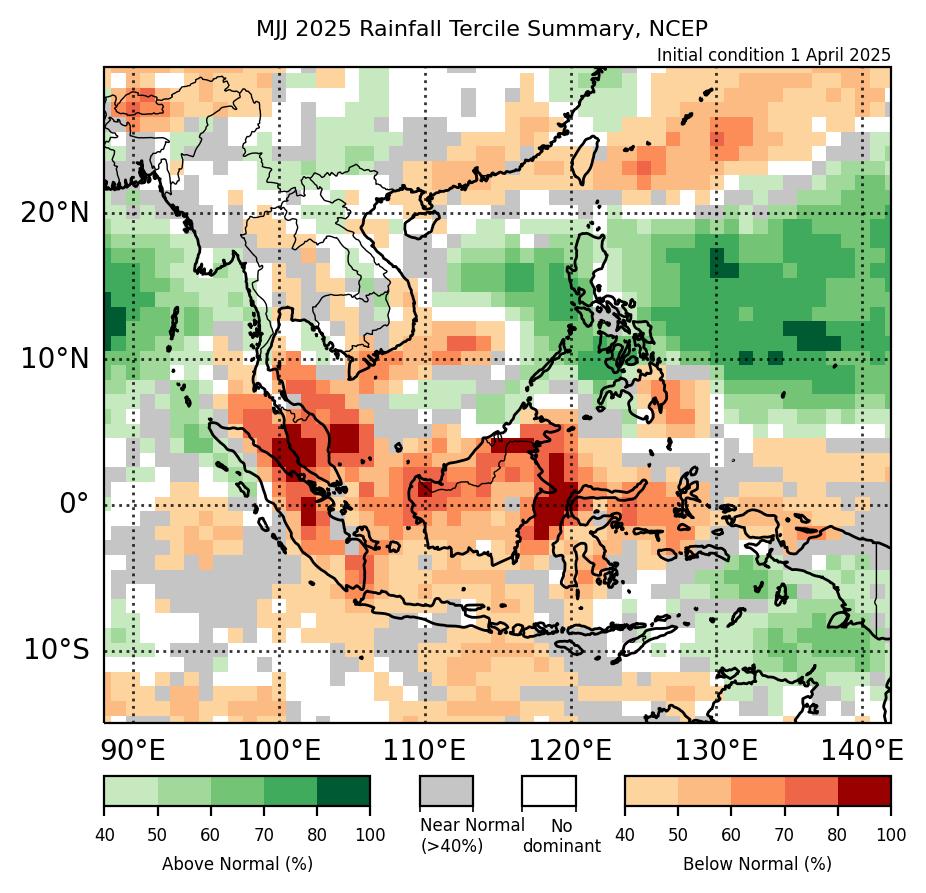
Figure 1: Rainfall tercile summary predictions of NCEP model for MJJ 2025 (contains modified Copernicus C3S information).
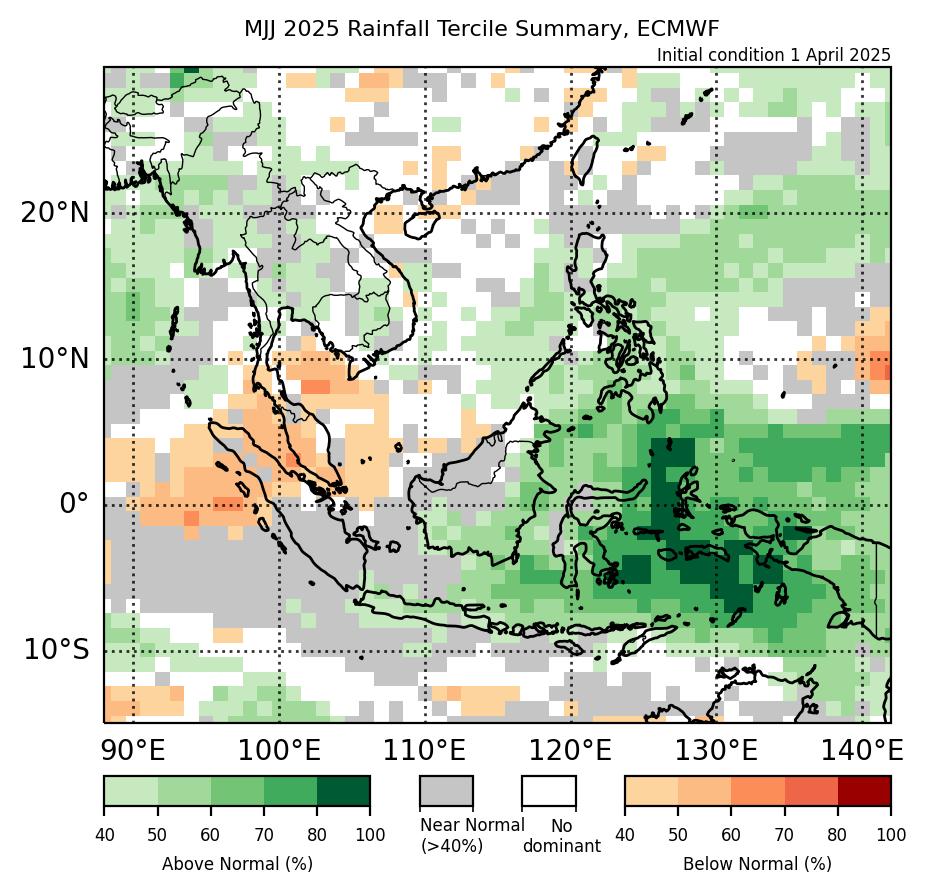
Figure 2: Rainfall tercile summary predictions of ECMWF model for MJJ 2025 (contains modified Copernicus C3S information).
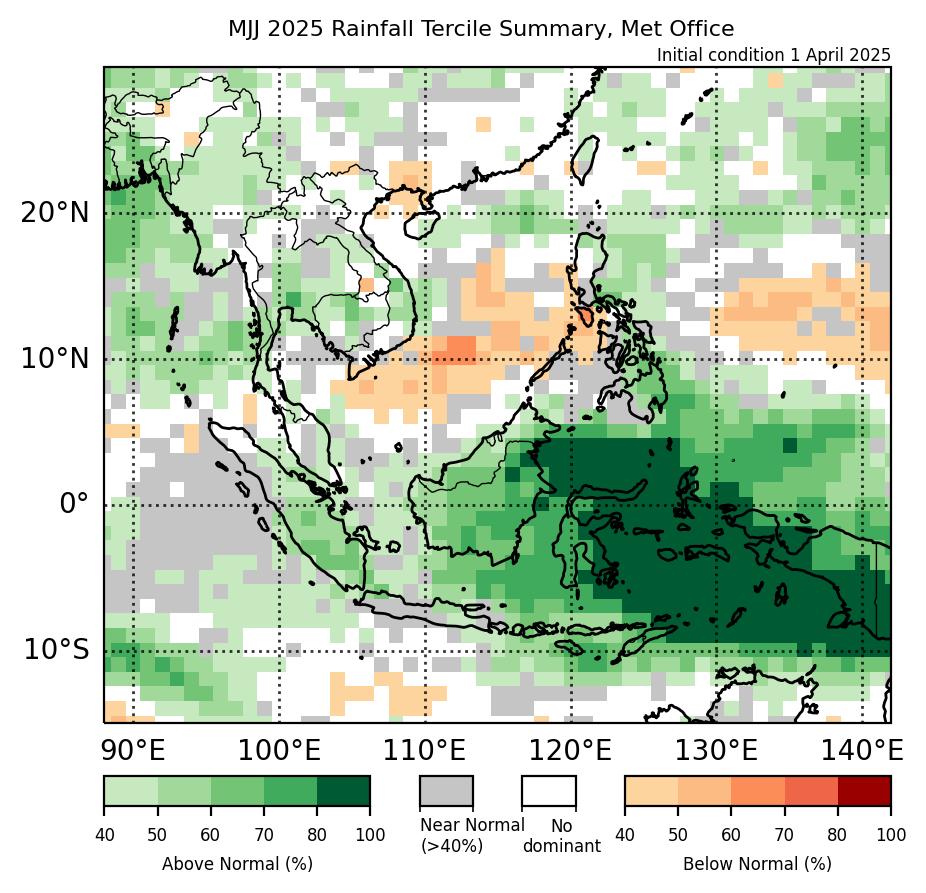
Figure 3: Rainfall tercile summary predictions of UK Met Office model for MJJ 2025 (contains modified Copernicus C3S information).
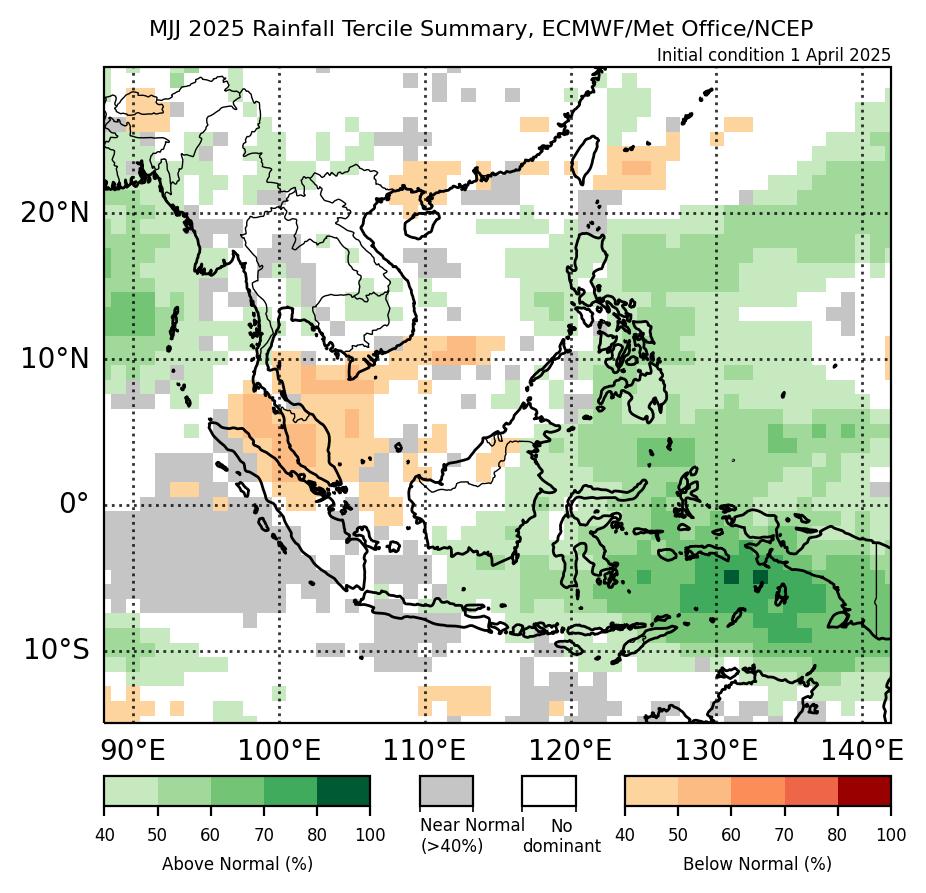
Figure 4: Rainfall tercile summary predictions of the multi-model ensemble for MJJ 2025 (contains modified Copernicus C3S information).
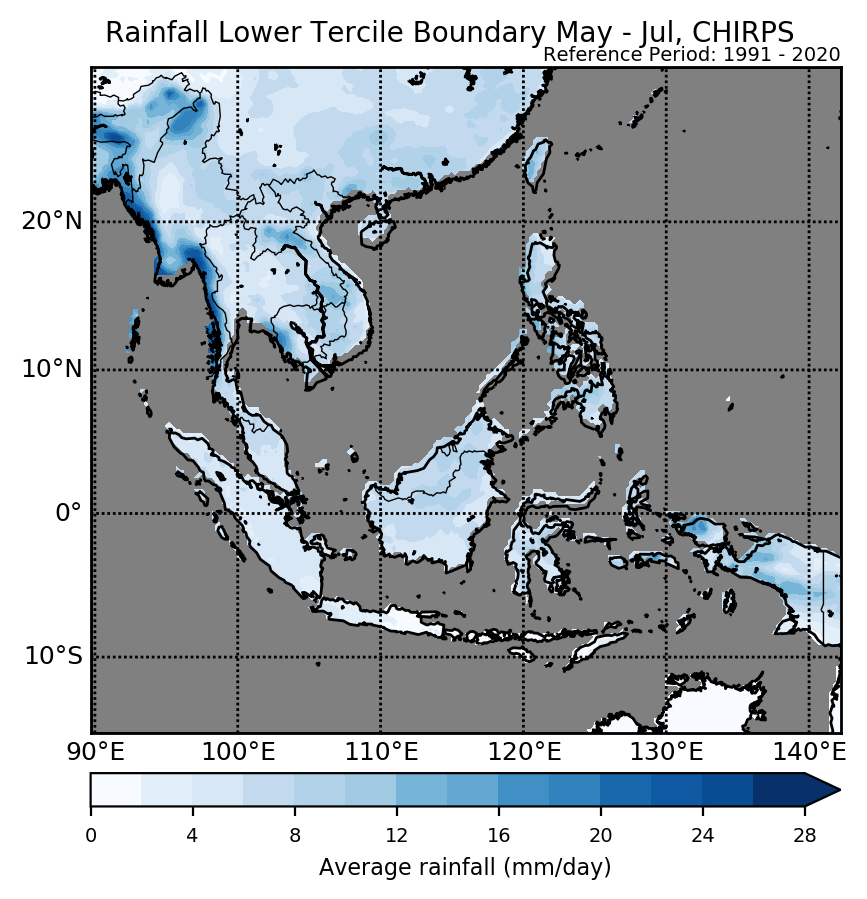
Figure 5: Average climatological rainfall's lower tercile boundary for MJJ based on CHIRPS (Reference period: 1991-2020).
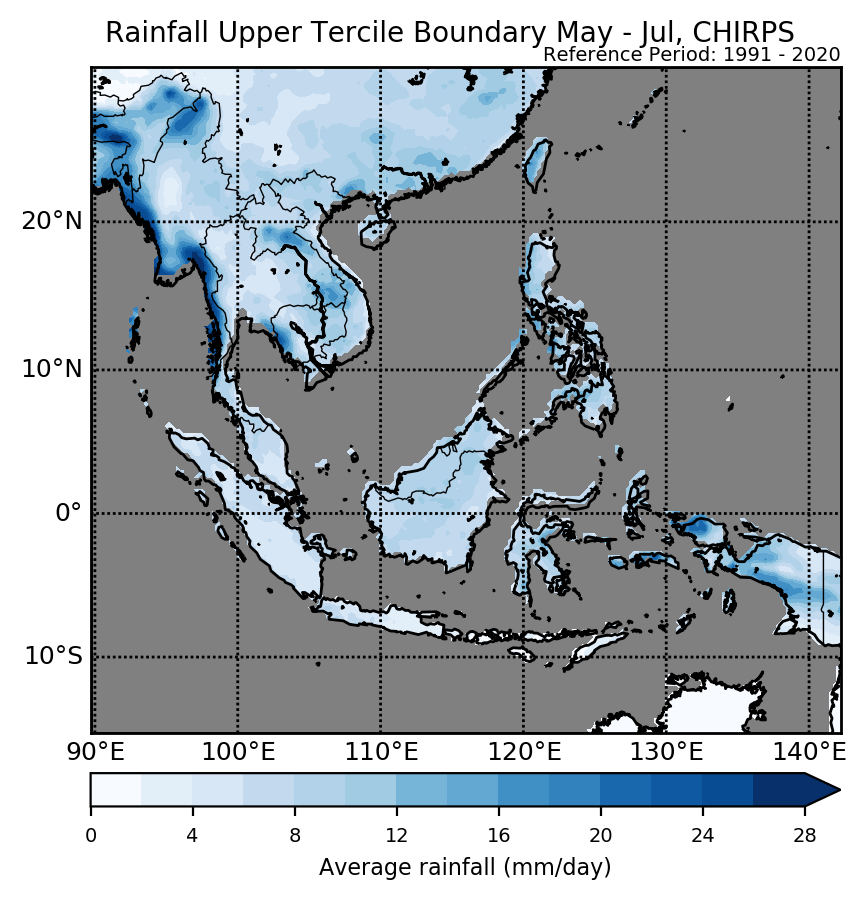
Figure 6: Average climatological rainfall's upper tercile boundary for MJJ based on CHIRPS (Reference period: 1991-2020).
The qualitative outlook is assessed for the region in general. For specific updates on the national scale, the relevant ASEAN National Meteorological and Hydrological Services should be consulted.